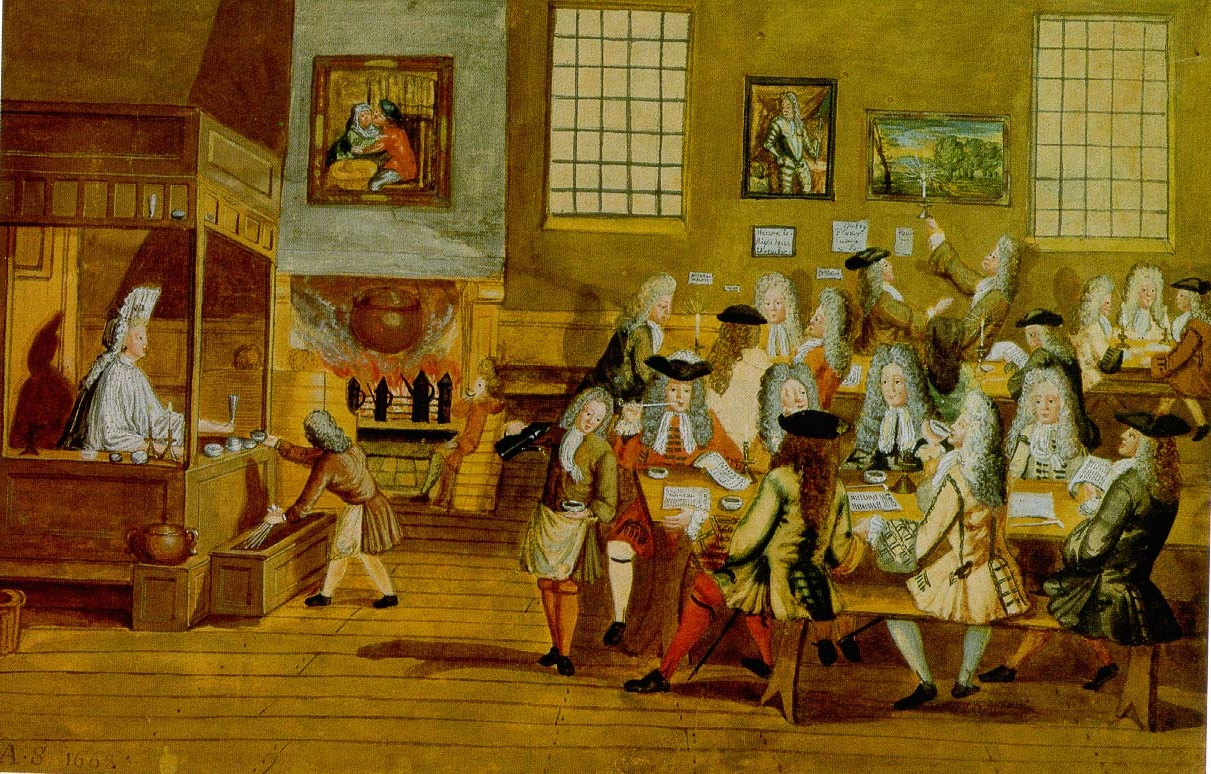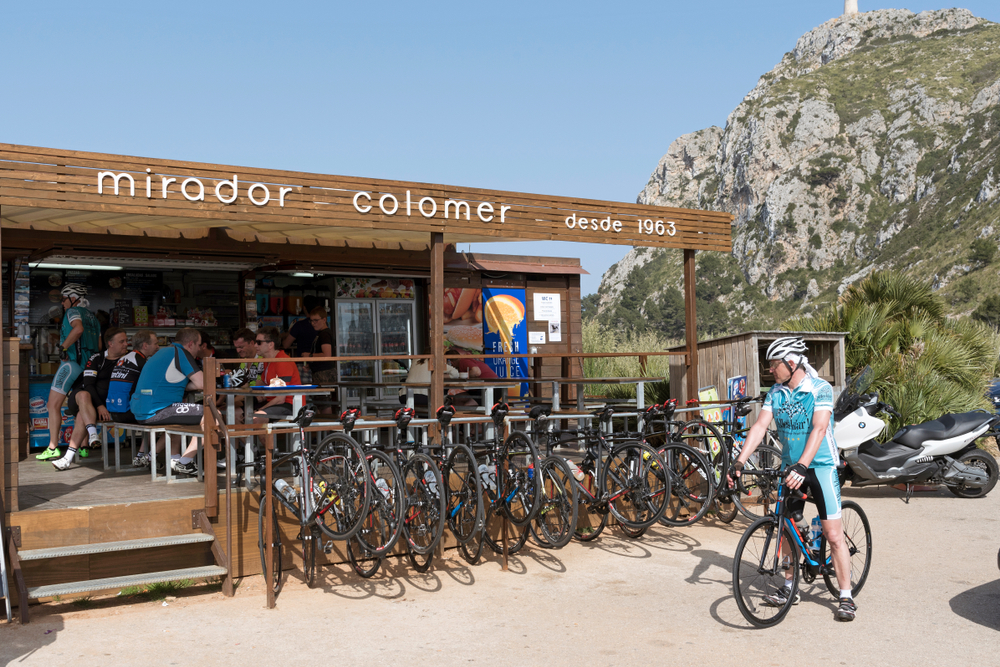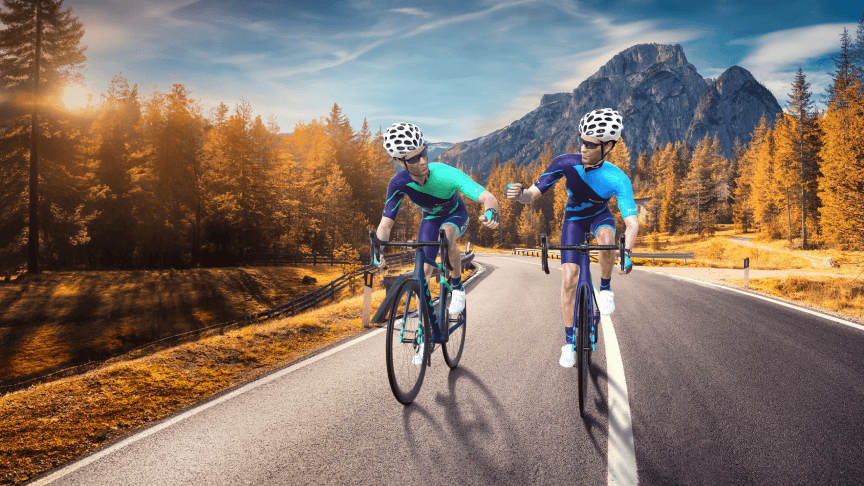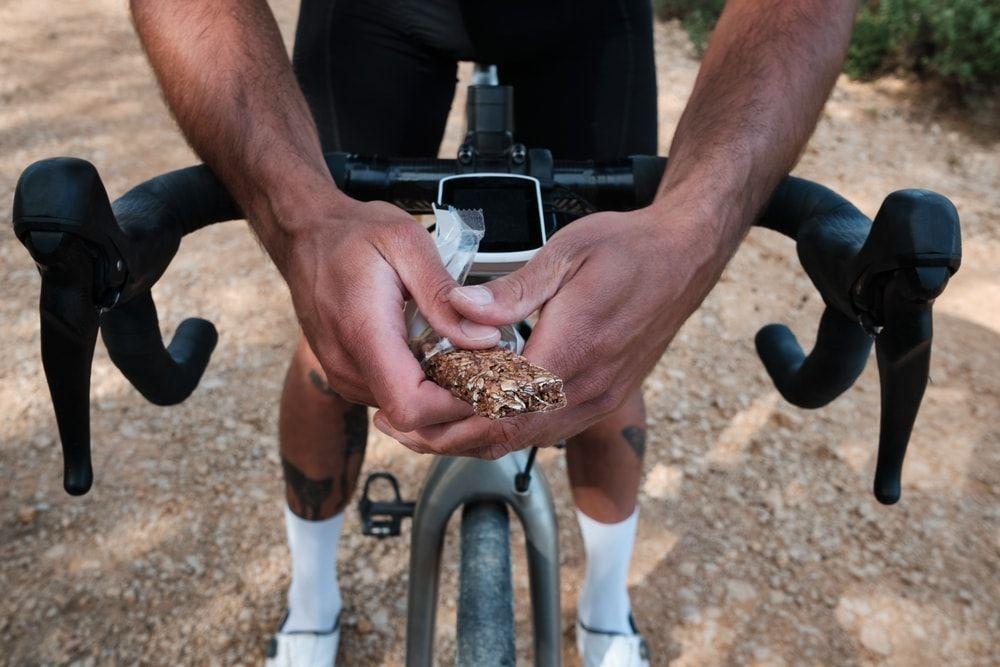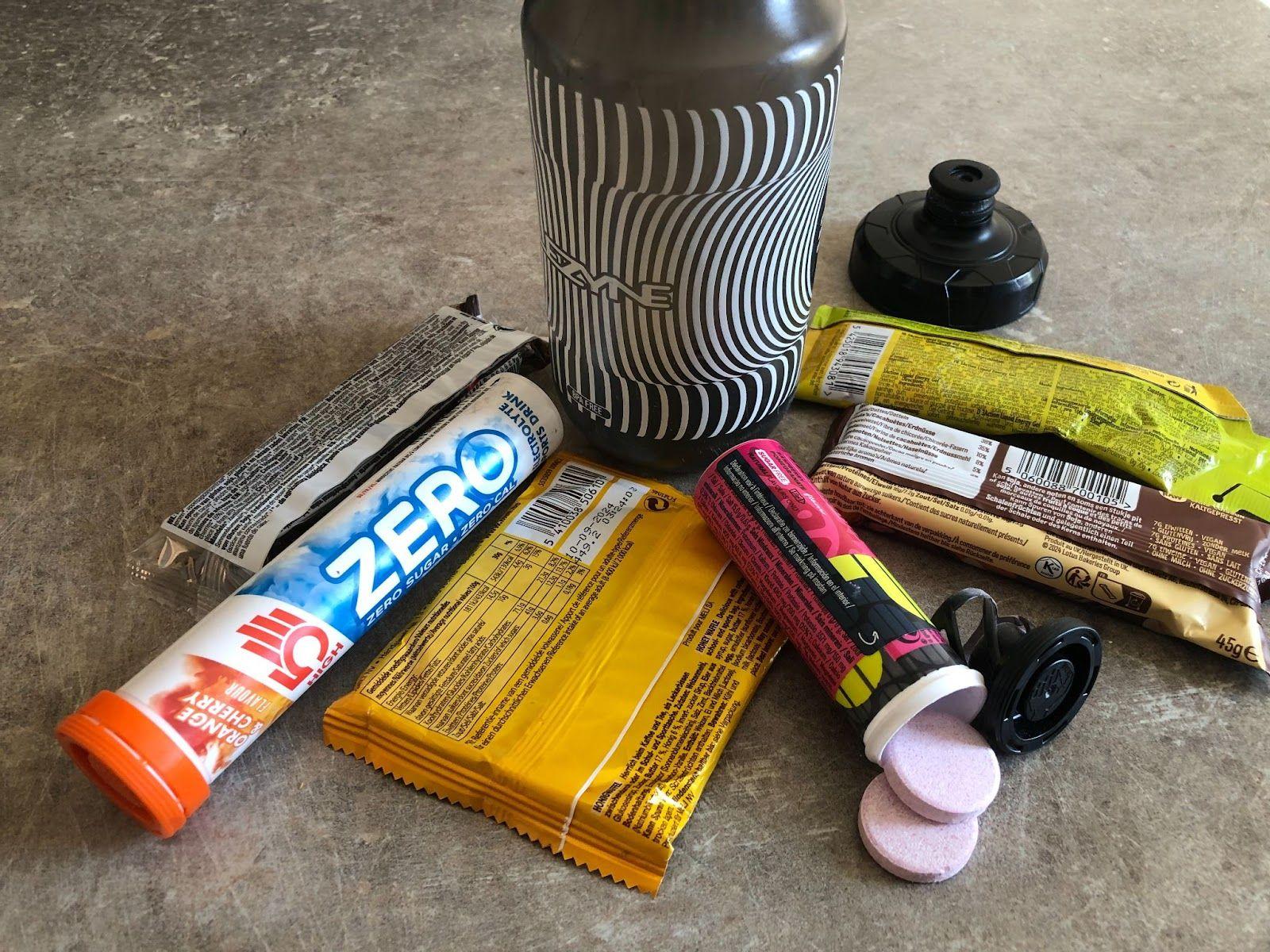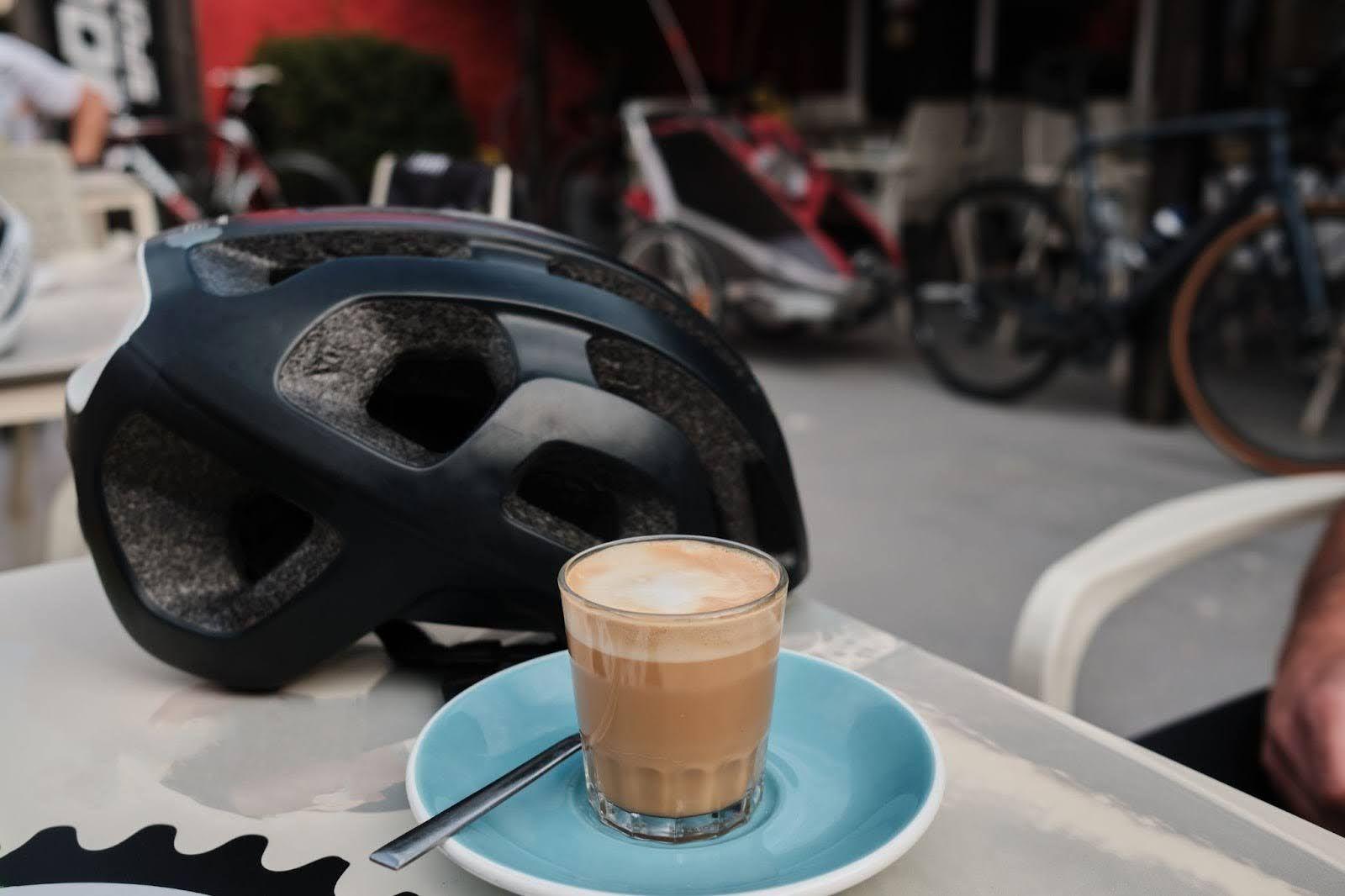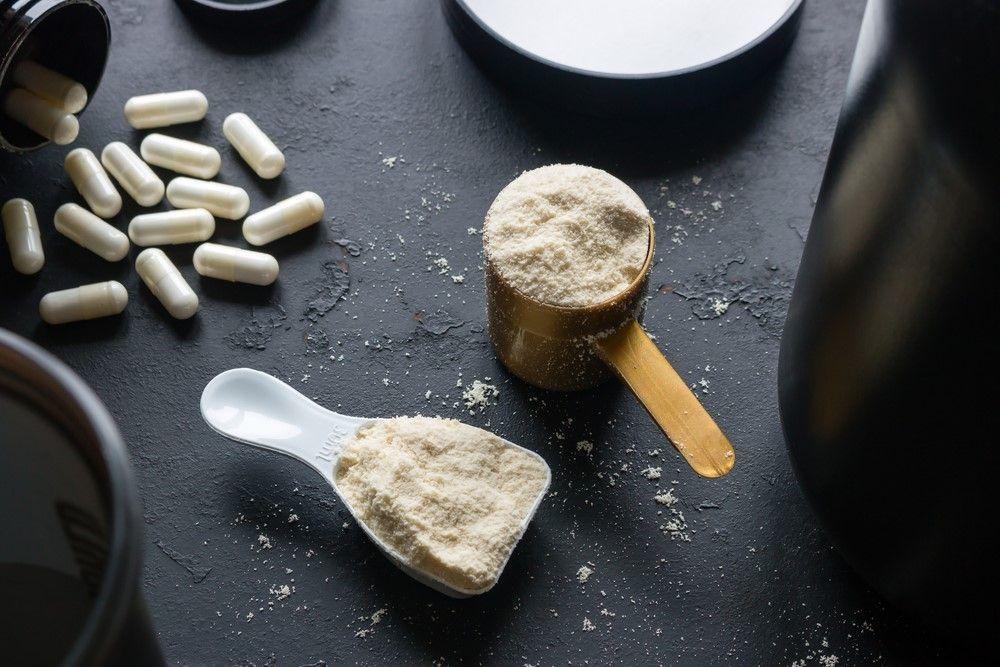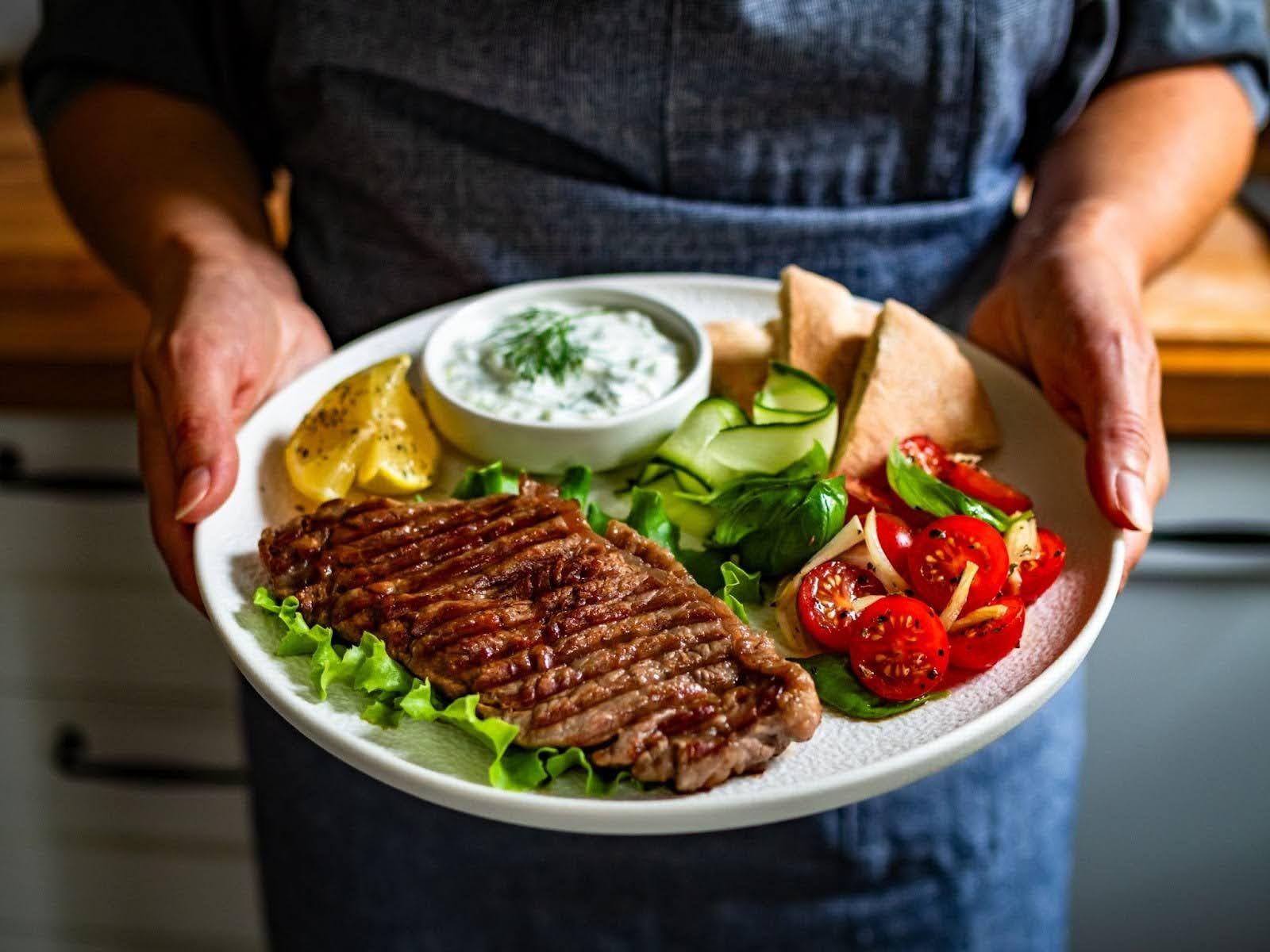The recent rapid rise in popularity
The bond between coffee and cycling was already strong but it really accelerated in the 2nd half of the 20th century. A crucial spark for this was when Italian espresso manufacturer FAEMA sponsored the Faema cycling team in the late 60s, which included Belgian cyclist Eddy Merckx. The move was an inspired one as Merckx, widely recognised as the greatest cyclist of all time, brought massive awareness and credibility to the brand. During the rest of the 20th century, other coffee companies sponsored individual cyclists and teams and established the trend but hasn't stopped since. Coffee's public image of cultural coolness, combined with its energy inducing properties, was a perfect match for sport and the society we live in today.
As cyclists gravitated to cafés and espresso bars as a place to relax, recover and chat, this trend also gave rise to the concept of the “the coffee ride” - a term used to describe a low-key recovery ride (usually starting and/or ending at a café) with a strong social bonding emphasis.
The rise of social media has also created a new explosion of connectivity between coffee and cycling. Routes can now be planned around coffee stops and there, sharing stories and photos at cafés has opened up a whole new dimension to the relationship. Meeting up and starting a ride with a coffee and then ending the ride with another (as well as cake of course!) has become an engrained ritual of outdoor cycling.
More Coffee fun facts
● The term "Americano" for a coffee drink originated during World War II when American soldiers stationed in Europe found the espresso shots too strong and began diluting them with hot water. ● The term "Cappuccino" originates from the Capuchin friars, an order of monks known for wearing brown hoods. The colour of the drink resembles the colour of the hoods, leading to the name "cappuccino." ● Coffee beans are not actually beans; they are the seeds of the coffee plant's fruit, often called coffee cherries.
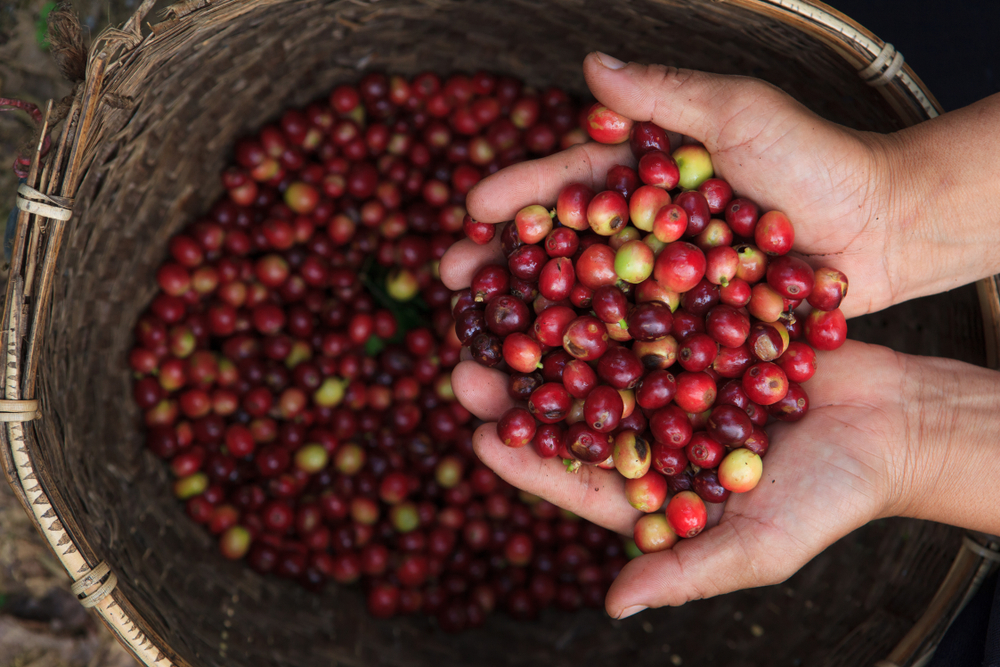
The science behind the connection
The link between cycling and coffee goes beyond simple tradition—it also has a scientific basis and has become part of the cyclist's nutritional regime. Coffee contains caffeine, a natural stimulant that affects the central nervous system, promoting alertness, improving focus, and reducing fatigue. When drunk before a ride, coffee can provide a boost of energy and enhance performance, making those uphill climbs a little more manageable. That's why it's high on the list of effective supplements that cyclists use to improve their performance. What's more, coffee has been found to increase the release of fatty acids into the bloodstream, which can serve as a valuable fuel source for endurance activities like cycling. So, next time you're planning a long ride, a cup of coffee might not only taste good, but will also give you a long-term physical boost.
The coffee effect
It smells good. It tastes good. But what actually happens to your body when you drink it? Let's dive into the science behind the connection between coffee and its effects on our physiology.
Caffeine, the energizing molecule: At the heart of coffee's stimulating properties lies caffeine, a natural compound classified as a psychoactive substance. When you drink coffee, caffeine enters your bloodstream and quickly makes its way to the brain. There, it blocks adenosine receptors, which are responsible for promoting sleep and relaxation. By blocking these receptors, caffeine inhibits the calming effects of adenosine and induces a sense of wakefulness and alertness.
Enhanced cognitive function: One of the reasons coffee is such a popular choice before a bike ride or any mentally demanding activity is its ability to enhance cognitive function. Caffeine increases the release of dopamine and norepinephrine in the brain - neurotransmitters associated with improved mood, concentration, and focus. As a result, a cup of coffee can help you feel more mentally sharp and ready to tackle the challenges ahead, whether it's navigating a tricky trail or embarking on a long-distance ride.
Boosting physical performance: Coffee can also give your physical performance a much-needed boost. Caffeine stimulates the release of adrenaline, the "fight-or-flight" hormone that prepares your body for intense physical exertion. Adrenaline increases heart rate, blood flow, and oxygen delivery to the muscles, which can enhance endurance and performance during cycling. Moreover, caffeine has been shown to increase the mobilization of fatty acids from fat stores, making them available as an energy source. This can be particularly beneficial during long rides when your glycogen stores start to deplete. By tapping into your body's fat reserves, coffee can provide a sustained source of energy, helping you power through those challenging climbs and extended cycling sessions.
Metabolic boost and fat burning: In addition to its performance-enhancing effects, coffee may also contribute to weight management. Caffeine has been found to stimulate thermogenesis—the process of heat production in the body - which can increase calorie expenditure. Additionally, caffeine has been shown to enhance fat oxidation, meaning it promotes the breakdown of fat molecules for energy utilization. So, while you're enjoying your favourite cup of coffee, it might just be giving your metabolism a little nudge, and supporting your overall fitness goals.
Antioxidant power: Coffee is not just a pick-me-up; it's also a great source of antioxidants. Antioxidants are compounds that help neutralize harmful free radicals in the body, and protect against cell damage and support overall health. Studies have shown that coffee is one of the leading sources of antioxidants in the Western diet, with potential benefits including reducing the risk of chronic diseases such as cardiovascular disease and certain types of cancer.
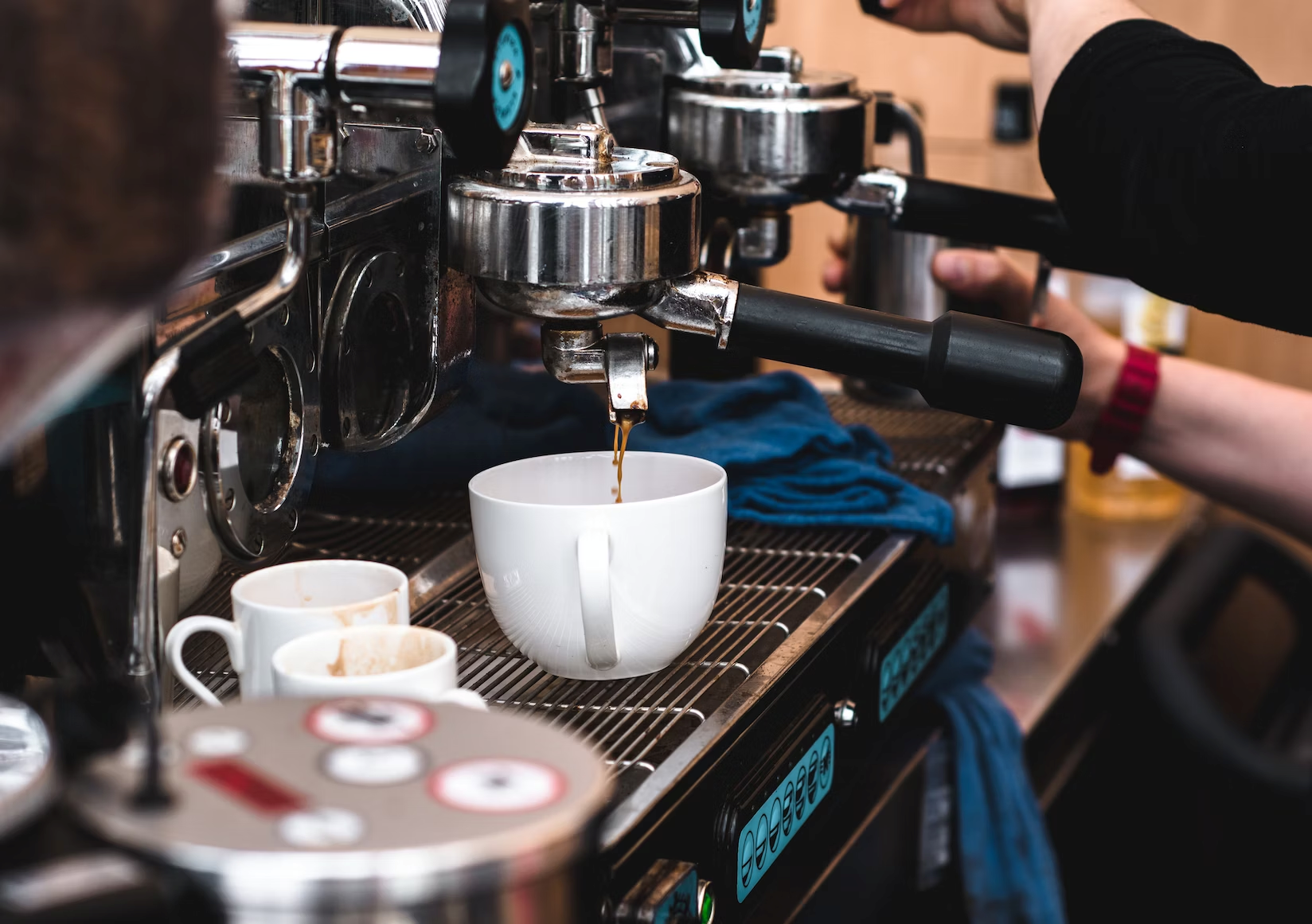
Even more Coffee fun facts
● Finland is the country with the highest coffee consumption per capita. On average, a Finn consumes about 12 kilograms (26 pounds) of coffee per year. ● In 1674, the Women's Petition Against Coffee was published in England, expressing concerns about the influence of coffeehouses on men and claiming that excessive coffee consumption made them "unfit for service." Luckily for us, the petition did not succeed in its aim to ban coffee, and coffeehouses continued to flourish.
How should you order your coffee?
The options for drinking coffee these days are endless but amongst the cycling community, there are certainly some clear preferences and no-go areas. The standard coffee-of-choice is a café solo (or café in France and caffé in Italy) and is taken short and black. This is especially so in the morning or the start of a ride. Adding water to the drink or on the side helps with hydration (Caffeine itself doesn't dehydrate you as long as it's taken in moderation). Also, it's generally recommended that cyclists should consume caffeine about 15-60 minutes before starting a ride for optimum results. Coffee with milk is generally frowned upon. Milk can be hard to digest during a long ride because of its fatty content. But as a post-ride drink, the fats and proteins in milk with your coffee can help muscles to recover. Our advice: don't ever order a mocha frappuccino unless you enjoy being laughed at by your peers.
If you want your caffeine kick but don't like coffee, there are other options like caffeinated gels, pills or caffeine gum (which may also be more convenient to take during a ride, rather than elegantly sipping an espresso). There are also alternative soft/energy drinks like Coca-cola and Red Bull, and tea. But, of course, none of these alternatives taste as good as coffee.
Is caffeine a drug and why is it legal in cycling when other performance enhancing drugs are not?
Yes, caffeine is considered a drug. It belongs to a class of compounds known as stimulants and is the most widely consumed psychoactive substance in the world. While caffeine does have certain performance-enhancing effects, its use is generally permitted in cycling and other sports because of factors such as prevalence, cultural acceptance, limited performance enhancement, manageable health risks, and practical considerations for testing and enforcement.
It's also important to point out that drinking too much coffee is bad for you and can cause restlessness, headaches and insomnia. The amount of caffeine in one cup of coffee can vary and the ideal amount of coffee to drink every day, along with its impact on performance, varies from person to person, but the Dietary Guidelines for Americans suggests that the acceptable moderate caffeine intake, which includes coffee, is around 300-400 milligrams (mg) per day or 3-4 cups of brewed coffee. As with so many things in life, coffee should be enjoyed in moderation.
Wrap up
Cycling and coffee is a love affair that has developed over centuries and is now stronger than ever. Coffee tastes great, it's a legal stimulant that aids your health and performance and is the hot liquid glue of the coffeeshop culture that has developed to create a strong camaraderie and sense of tribal community amongst riders. It's a beautiful relationship. Savour the flavour and enjoy the ride.
Here at ROUVY we're big coffee aficionados and enjoy it for both work and play… although we're not up to the outstanding boss level of the Finns! We'd love to hear about your own coffee adventures and preferences, so leave a comment below or share a pic of your favourite coffee drinking spot.
